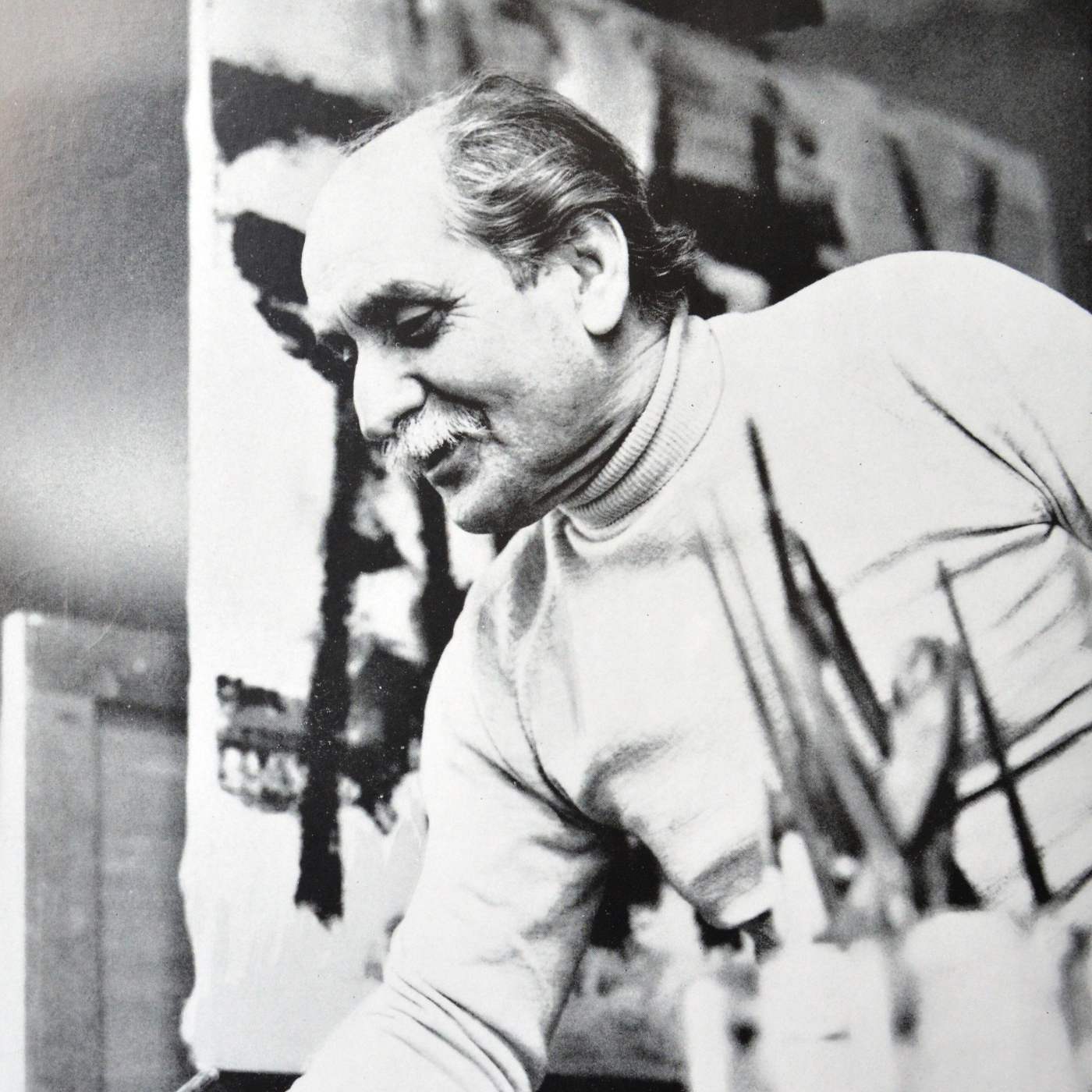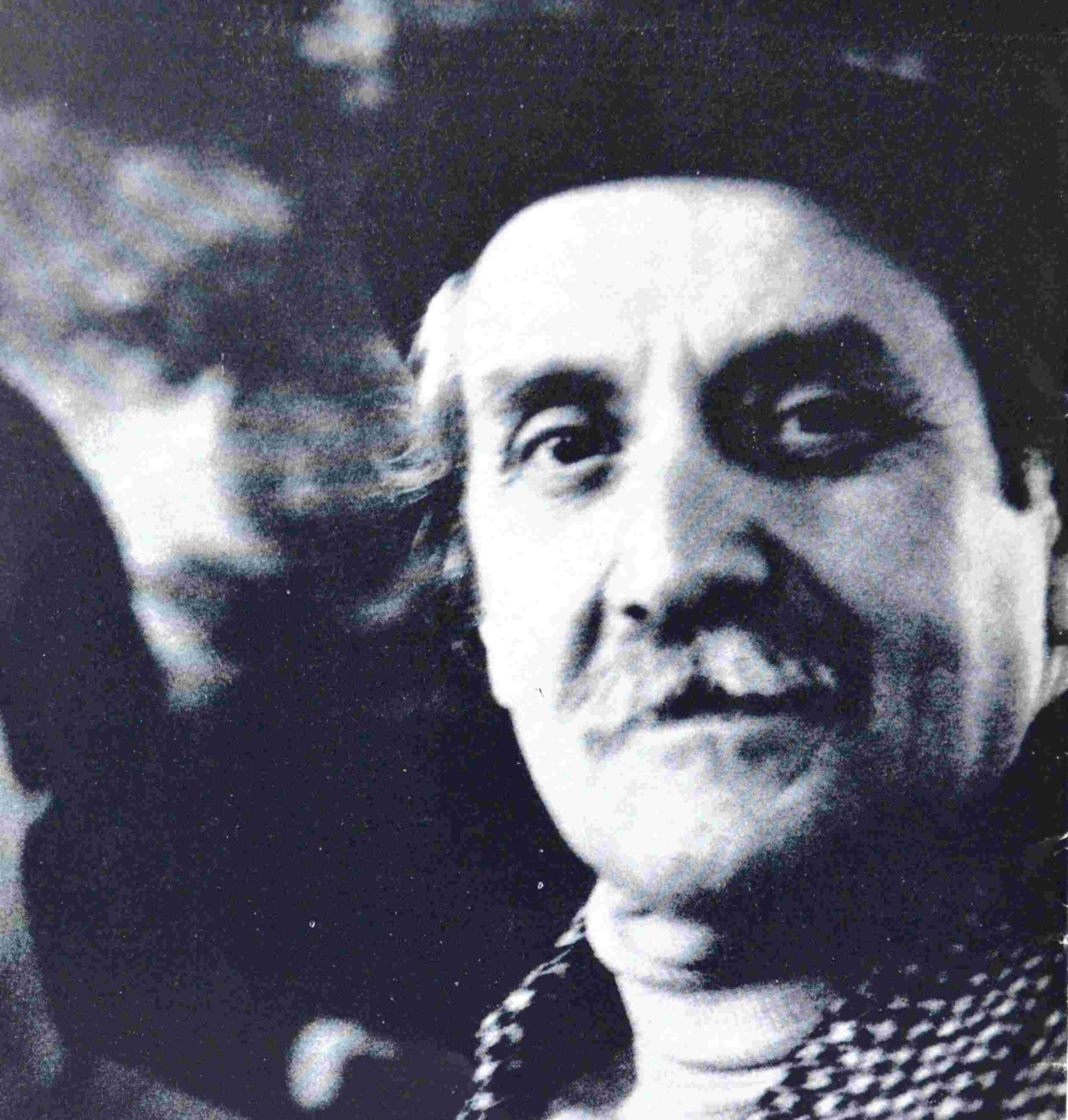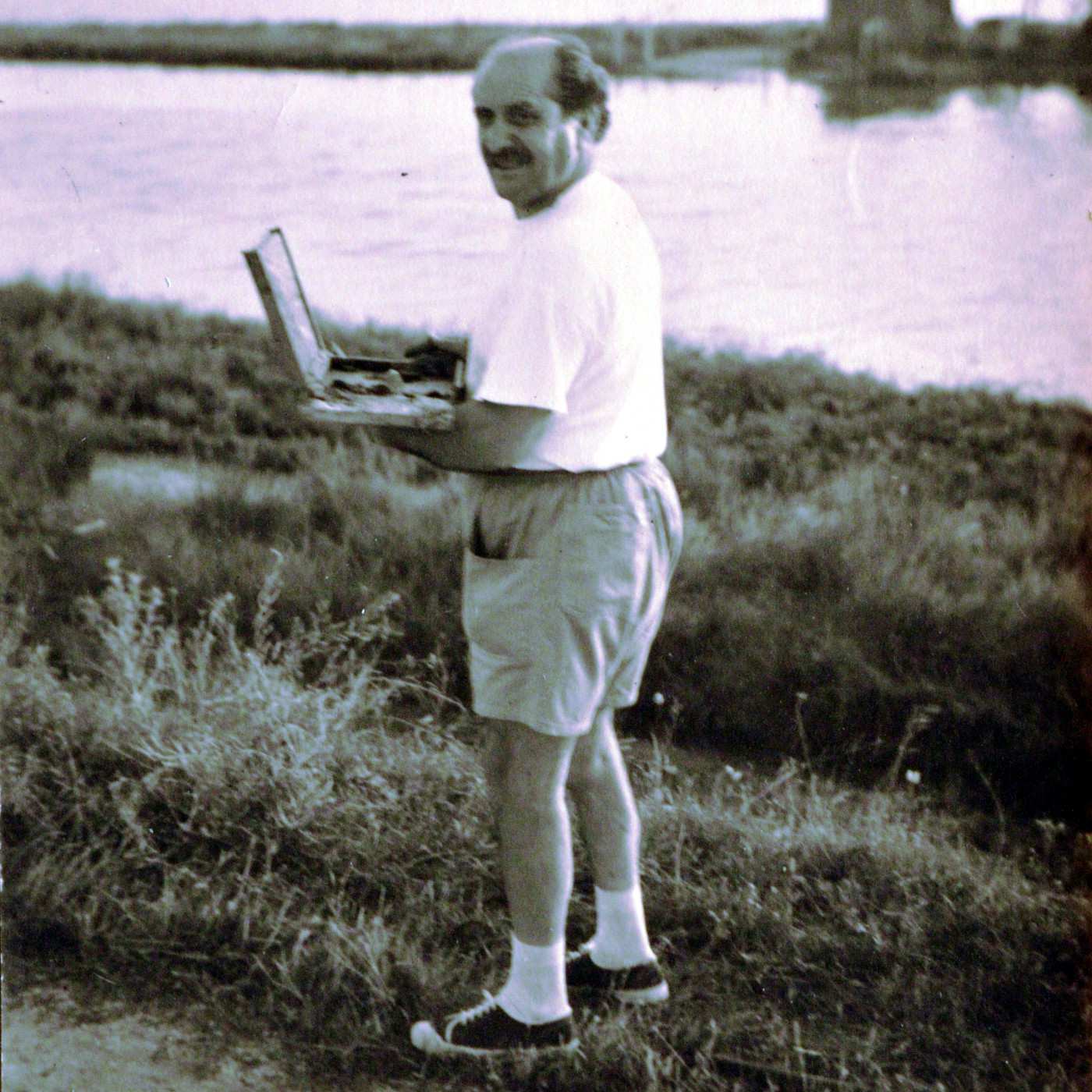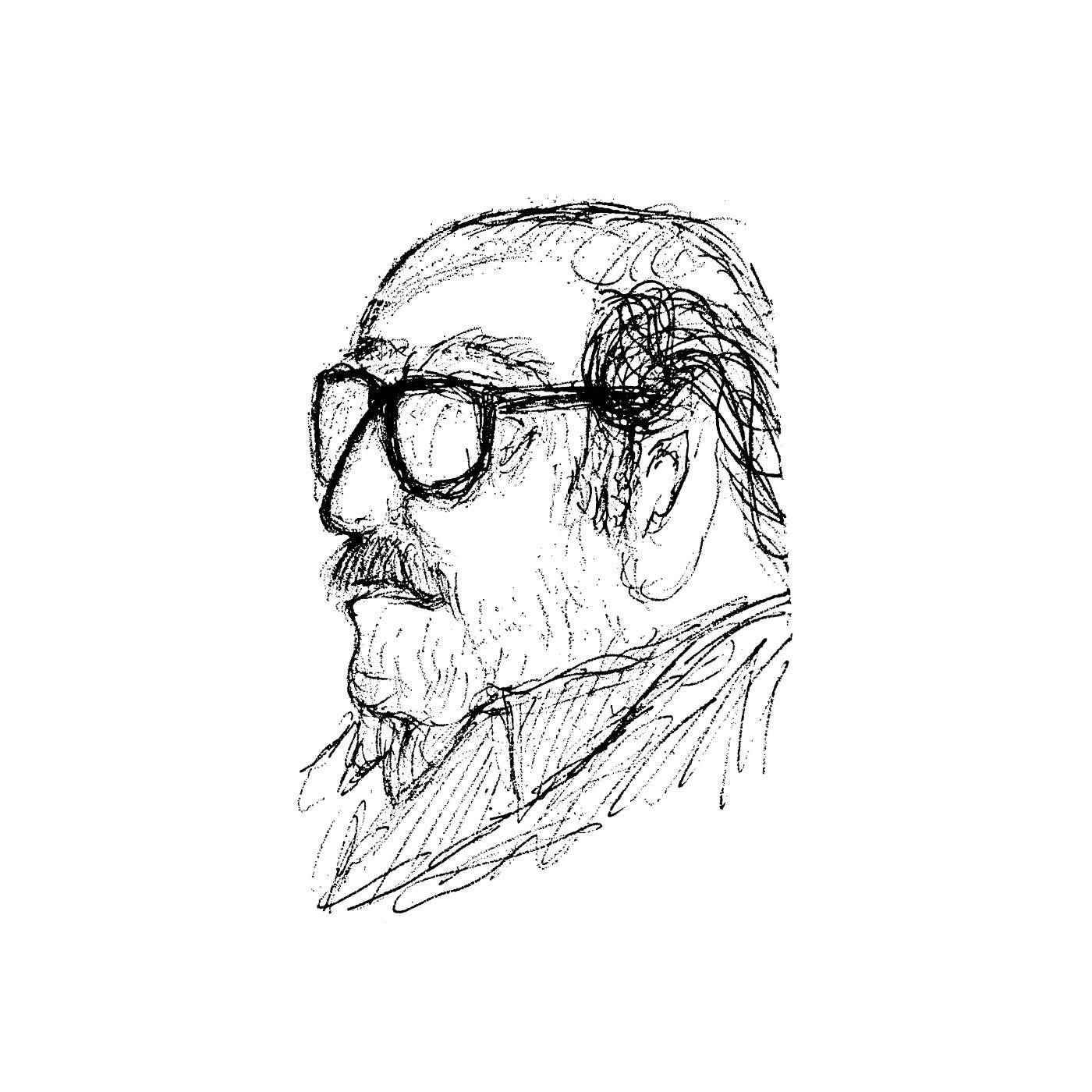Biography
Let us get to know Gian Rodolfo d’Accardi together
Gian Rodolfo d’Accardi
“I am self-taught. I paint without preconceptions, ignoring controversy.”

Gian Rodolfo d’Accardi was born in Palermo on June 9, 1906. He attended classical lyceums in Palermo and Naples. Having moved to Milan with his family in 1925, he worked for a short time in a bank. He soon left this employment, convinced, and supported in his aspirations by his mother, that his path was another.
The Beginnings and the Thirties
Already by 1930, he began to participate in his first artistic events. He passed the entrance exams for the Academy of Fine Arts of Brera in Milan, but decided not to attend. He was self-taught.
From 1931, he devoted himself entirely to painting. His paintings were purchased by the Gallery of Modern Art in Milan, the Museum of Milan and one of his Waterway was bought by the Friends of Brera. He exhibited at national and international events, such as the Second International Black and White Exhibition in 1937, in which Picasso, Braque, Derain, Bonnard, Utrillo, Rouault and others also participated; the Venice Biennale; the Quadriennale in Rome; the Milan Biennale, to which he was regularly invited. It was a moment of success, as underscored by the enthusiastic critique of Raffaello Giolli, who was attentive to promising young artists. In 1939, three of his poems, Enchantments, Blue Landscape and Rain-soaked Garden were published in two of the most historic Italian newspapers, “Il Meridiano di Roma” and Trieste’s “Il Piccolo della Sera”. The poet was born, inseparable from the artist-painter.
The Forties-Fifties
In 1942, a first, intense monograph, written by Carlo Ceruti, was released, published by Guanda. The hard years of war forced him to temporarily leave his bombed Milan studio and to move with his parents to Cernobbio, on Lake Como. In 1945, he married Luisa – always known to him as Isella – a young nurse who would give him three daughters and who would be a faithful and irreplaceable companion for life. In the Como environment, he bound himself through sincere friendship to artists Carla Badiali and Manlio Rho. He then returned to Milan to his new studio in Via Corridoni and, later, permanently, in Via Tortona 31 (just in front of where Mudec is currently). The studio, always open to friends and collectors, became his second home. His artistic life continued to be full of experiences, recognitions and encounters with interesting and noteworthy people, including the painters Arturo Tosi, Lucio Fontana, Fiorenzo Tomea and architect Giò Ponti. A relationship of deep harmony was born with Swiss engraver Mario Marioni, which would last until the latter’s death. An important manifestation of esteem is illustrated by Ugo Nebbia’s presentation of d’Accardi’s first solo exhibition at the Gallery “S. Fedele” in Milan in 1951, which would be followed by two other exhibitions in 1955 and 1963; the latter saw the publication of the monograph edited by critic Agnoldomenico Pica.


The Sixties-Seventies
These were years of artistic maturity, as evidenced by the anthology at Gallery “Cortina” in Milan in 1970, the notable solo exhibitions in the United States, at the “New York Cultural Center” in 1971, at the “Bernheim-Jeune” Gallery in Paris in 1974, and the retrospective of great interest at Palazzo Butera in Palermo in 1975. His long stay in the United States was a decisive turning point in his pictorial path: his painting, which he himself defined as abstract-figurative, now assumed decidedly strong accents of colour, expressed through pregnant and intense brushstrokes that give intensity to the horse rides, clowns, and battles.
The Eighties-Nineties
He did not leave Milan, but began to spend long periods in Cadreglio, in a large villa near Como. Immersed in silent nature, poetry – a fundamental expression of his artistic sensibility – reflected his pictorial world. In 1981, he published a book of poems, In the Evergreen Skies translated into French, alongside two etchings. The publisher Rebellato also published the collection of poems I Am the Blue of the Sea, with a preface by writer Michele Prisco. Critic Luciano Budigna writes: ” [… ] d’Accardi, getting to know him personally, with his childish, timid and impassioned gaze, that incredibly sweet smile, his apparently compliant manner (yet, behind all this, it is not difficult to see a moral rigour, or even an almost Jansenist toughness, which they will never overcome), offers, within a human dimension, the same sensation that his painting offers in the aesthetic realm.”
In 1992, he moved to Varese, where he died on August 31, 1993.
If you want to explore d’Accardi’s vast artistic activity, including a wealth of important exhibitions in Italy and abroad, visit the Exhibitions page.

Contact us
Write us an email, we will answer as soon as possible
